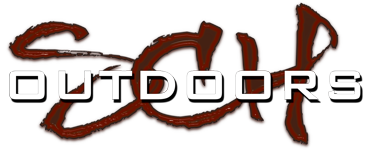I’m new to the forum and have only been getting into upland birds the past 3 seasons. So far I’ve gotten more familiar with Imperial Valley for Dove/Quail, and called in a Tom in CNF but he managed to keep cover between us so I never got the shot.
My question is on scouting within CNF for quail/turkey. OnX and google earth has been great, but there have been quite a few tanks of gas burned only to get to a spot that is so overgrown/thick that even if I found a bird I likely couldn’t retrieve.
Are there any features/terrain that you look at on OnX or Google Earth that make you eliminate a spot before you would make a trip? Any general regions that you eliminate as a waste of time?
I’ve had a ton of fun getting out to explore and learn, but the more places I see the more I want to avoid wasting time behind the wheel when I could be putting miles on the boots.
I think I can recognize good general habitat in person (learning more each trip), but I know sometimes I’ve struck out on the digital tools in weeding out low probability areas.
Sent from my iPhone using Tapatalk
My question is on scouting within CNF for quail/turkey. OnX and google earth has been great, but there have been quite a few tanks of gas burned only to get to a spot that is so overgrown/thick that even if I found a bird I likely couldn’t retrieve.
Are there any features/terrain that you look at on OnX or Google Earth that make you eliminate a spot before you would make a trip? Any general regions that you eliminate as a waste of time?
I’ve had a ton of fun getting out to explore and learn, but the more places I see the more I want to avoid wasting time behind the wheel when I could be putting miles on the boots.
I think I can recognize good general habitat in person (learning more each trip), but I know sometimes I’ve struck out on the digital tools in weeding out low probability areas.
Sent from my iPhone using Tapatalk

